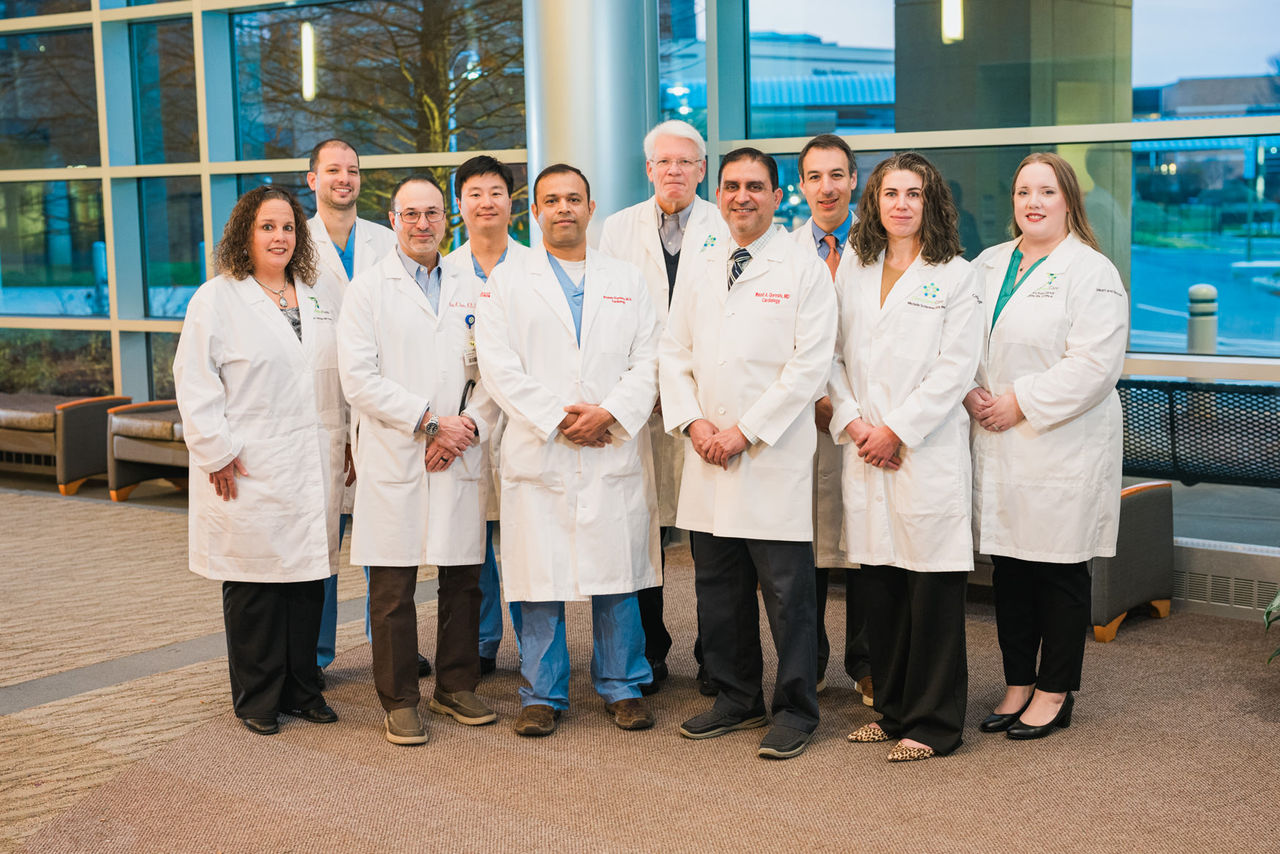Login
Heart and Vascular Programs
Left Atrial Appendage Occlusion (LAAO)
Using implantable devices to treat atrial fibrillation
About LAAO
Left Atrial Appendage Occlusion (LAAO) is a procedure that uses implantable devices to replace the need for blood thinners and stops blood clots from entering the blood stream. WATCHMAN and Amulet are two devices commonly used in this procedure. In patients with atrial fibrillation (Afib), blood clots can form in the upper chambers of the heart, specifically in a small sac called the left atrial appendage (LAA).
The WATCHMAN™ and Amulet devices are both FDA-approved implants about the size of a quarter. The device is implanted into your LAA, closing the appendage off from the rest of your heart so blood clots can’t escape, lowering your risk of stroke. Your ChristianaCare heart team chooses which device is best for you based on your needs.
How is a WATCHMAN™ or Amulet implanted?
The procedures to implant WATCHMAN and Amulet devices are minimally invasive. First you’ll be put to sleep under general anesthesia. Then your physician will insert a catheter (thin, flexible tube) through a small incision in your leg. They will guide it through a blood vessel to the heart’s left atrial appendage, where the tube will implant the device.
Your physician will use a transesophageal echocardiogram (TEE) during the procedure, which uses sound waves to scan the heart and make sure the device is working properly.
The procedure usually lasts less than one hour.

What can I expect after an LAAO procedure?
What are the risks and potential complications?
As with any operation, the LAAO procedure does carry some risks. Be sure to discuss all the possible complications the doctor performing the procedure. Your doctor will give you a more detailed overview of potential complications or side effects. There are some steps you can take to reduce your risk of complications, including:
Related Content
For the Love of Health Podcast
Learn more about the mechanics of atrial fibrillation, risks and care options, why a treatment technique called catheter-based ablation is becoming more common, why it is offering better outcomes for many patients, and why those results may be even easier to achieve in the coming years, on the ChristianaCare podcast, For the Love of Health.
Get a Consultation
Christiana Hospital
4755 Ogletown-Stanton Road,
Newark, DE 19718


